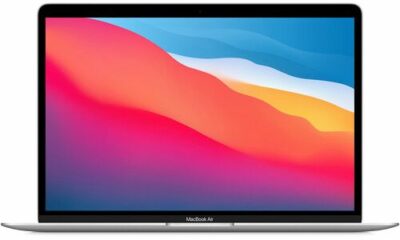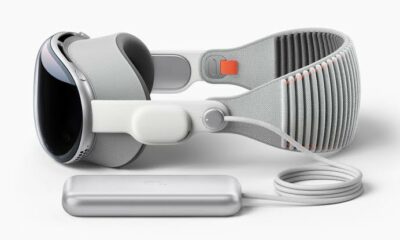Systems
New MacBook Pro Must Answer This One Simple Question

There are two key questions around Apple’s new direction with the Mac family, both based around the switch from Intel-based processors to Apple’s own ARM-based processors.

Philip “Phil” Schiller, senior vice president of worldwide marketing for Apple Inc., displays the … [+]
BLOOMBERG NEWS
One of these is the relative performance of the two chipsets. If ARM is the future then the future needs to have the same heft as the past. Leaked benchmarks suggest that this will be the case, at least in terms of raw numbers.
The second is that of backwards compatibility. The move to ARM has the potential to break compatibility with the application library relied on by countless millions of Mac users. Ensuring a smooth transition and allowing the ARM-powered Macs to invisibly pick up where an older Intel-powered Mac was replaced will go a long way to rejuvenating the Mac platform.
The move to ARM needs to be, for the consumer at least, something that (ahem) just works.
Broadly speaking, there are three tranches of apps that need to be considered.
The first is the easiest for Apple to deal with… its own apps. The full range of applications that come as part of a new Mac machine should all be available out of the box. They will take full advantage of the power savings, have deep integration with the hardware, and will likely show up the speed and power advantages that ARM offers.
The second tranche consists of the existing third-party apps that are currently under active development. No doubt Apple will be working hard with many of the key developers to ensure that specific apps have native ARM versions ready to go when the MacBook and MacBook Pro machines go on sale. Thanks to the Developer Transition Kits, there will be an army of smaller developers who will have apps ready as well. Apple will no doubt have a big number of apps that are ‘already running on our new platform.”
The third tranche are those apps that have not yet been ported. For these applications users will be reliant on Apple’s Rosetta 2 emulation layer. Not every developer will have a transition kit, not every developer will have the ability to create native code versions, and some apps will have been abandoned – but could still be in active use in the community.
Will Apple look to support every app that could run under macOS Catalina? Will it limit the emulation to the latest tools? How much performance will be lost using emulated apps compared to the native apps? The goal will be for a totally invisible process where the user doesn’t need to know about the intricacies of ARM and Intel at the heart of their apps.
Apple just needs them to work. Apple’s event on Tuesday will show us how Apple intends to deliver on that expectation.
You may like
-


Apple announces new MacBook Airs with its latest M3 chip
-


Apple fans are starting to return their Vision Pros / Comfort, headache, and eye strain are among the top reasons people say they’re returning their Vision Pro headsets.
-
Google’s AI Chatbot Gemini Raises Privacy Concerns with Data Retention Strategy

